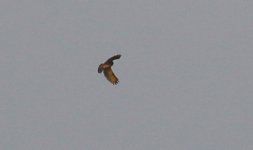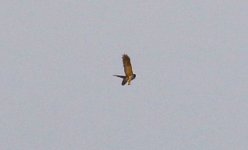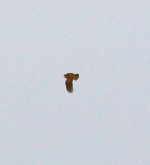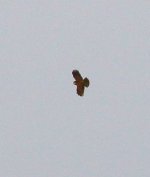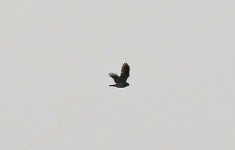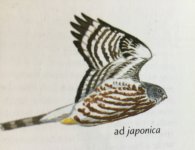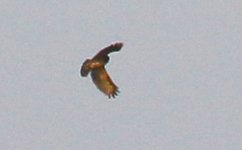At the end of April I took a ferry on the Sea of Japan from Tottori in Japan to Vladivostok via Donghae in South Korea. I was hoping to see some birds that I otherwise wouldn't have a chance to see. Although I did see a few new pelagic species, there weren't as many as I had hoped. However, we saw a few species on migration, including a Grey-backed Thrush and a solitary Cattle Egret both in the wide ocean.
And we saw this, which seems to be some kind of owl. Can anyone tell me what it is?
Photos 1-4: The bird in question
Photo 5: The same bird 30 seconds later, or something different?
And we saw this, which seems to be some kind of owl. Can anyone tell me what it is?
Photos 1-4: The bird in question
Photo 5: The same bird 30 seconds later, or something different?





